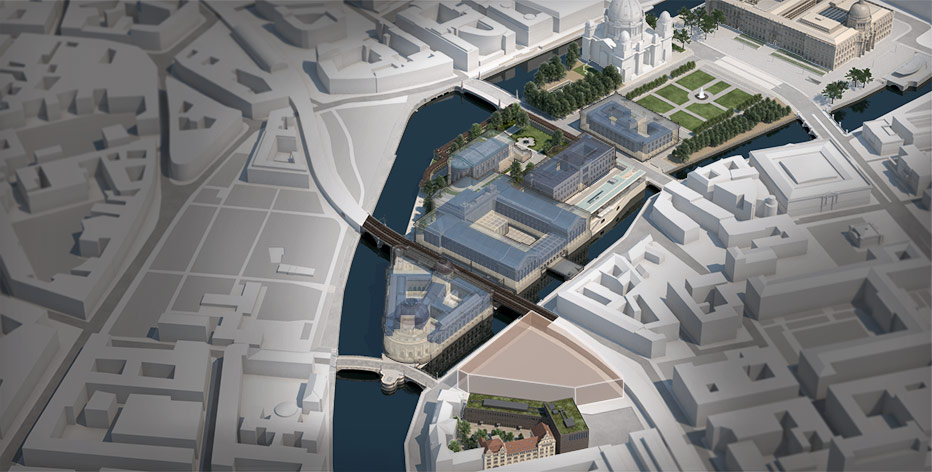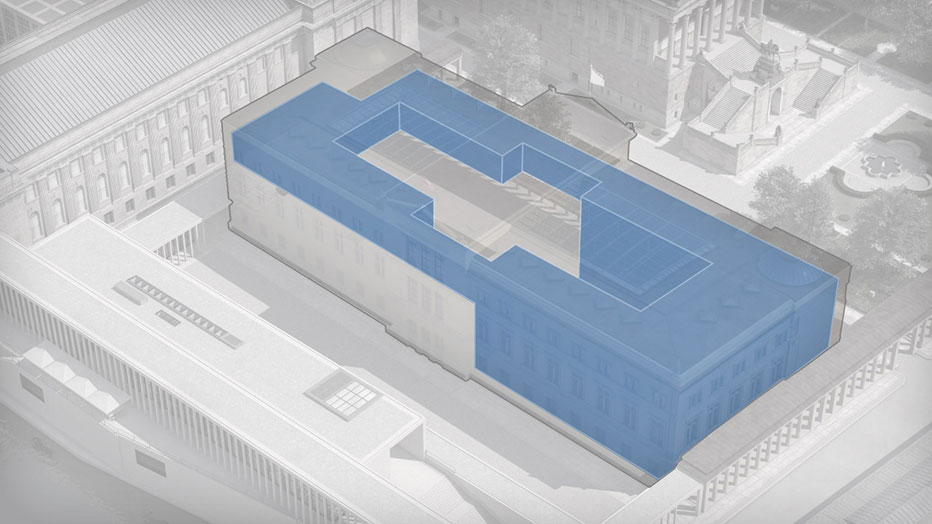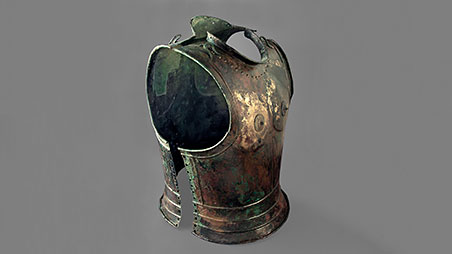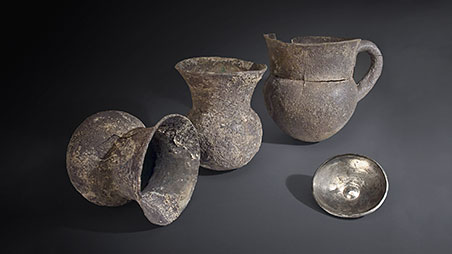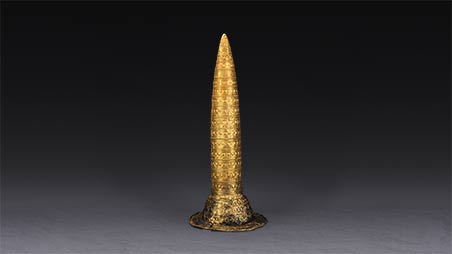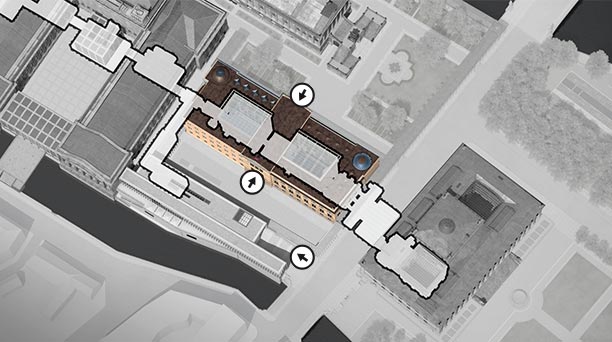Return to the Museum Island in 2009
Since 2009 the Museum of Prehistory and Early History has presented the objects of its collection in the Neues Museum again. Prior to that, the collection was housed in the Langhansbau of Charlottenburg Palace. The focus of the collection is on European history from the Paleolithic to medieval times.
